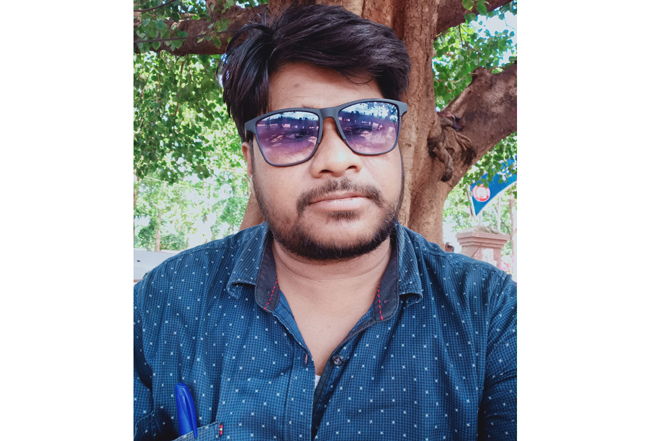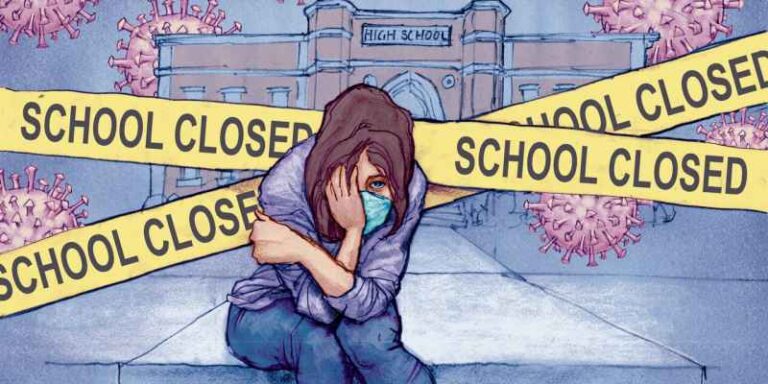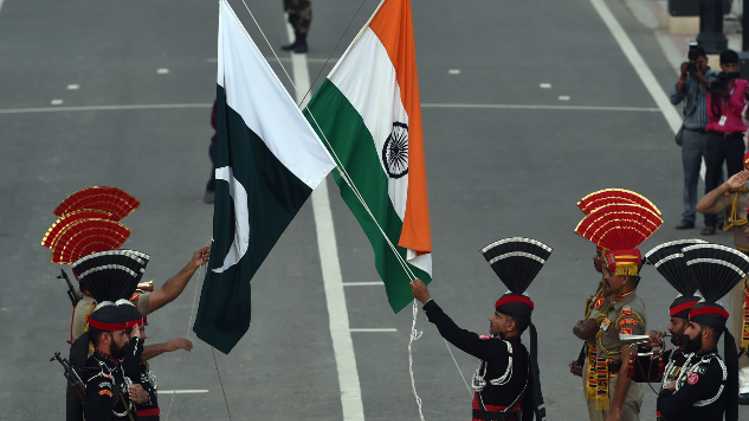रांची: गिरिडीह निवासी 35 साल के नुरुल नबी की मौत ने कई सवाल छोड़ दिए, जिनका जवाब मिलना ज़रूरी है, नहीं तो झारखंड के नौजवानों की मौत का सिलसिला जारी रहेगा और हम सिर्फ मातम मनाते रहेंगे।
नुरुल नबी उर्फ सोनू को बाएँ टेस्टीकल में एनएसजीसीटी था। जब उसे कैंसर होने की आशंका शुरुआती रिपोर्ट्स में ज़ाहिर की गई तो परिवार के लोगों ने उसे सीएमसी, वेल्लोर ले जाने का फैसला लिया।
झारखंड में कैंसर के इलाज की अव्यवस्था और बाहर जाने को मजबूर मरीज
यहीं सबसे पहला सवाल उठता है कि झारखंड राज्य जिसको बने अब दो दशक से ज्यादा हो गए और जो खनिज सम्पदा से धनी प्रदेश है, मतलब जहाँ सरकारों के पास पैसे की कमी नहीं होती, वो राज्य अपने तीन करोड़ से ज्यादा लोगों के लिए कैंसर जैसी जानलेवा बीमारी के लिए अति आधुनिक उपकरणों से सुसज्जित एक अस्पताल नहीं बना सका। जमशेदपुर के टाटा मेमोरियल हॉस्पिटल, जो एक प्राइवेट अस्पताल है, को अगर छोड़ दें तो राज्य में कोई और दूसरा अस्पताल नहीं जिसपर मरीज या उसके परिवार के लोगों को भरोसा हो सके कि अच्छा इलाज मिलेगा।
प्रभात खबर ने पिछले साल के एक लेख प्रकाशित किया, जिसके अनुसार हर साल सिर्फ झारखंड में 35 हज़ार कैंसर के मरीज मिल रहे हैं।
और जब एडवांस स्टेज की बात आती है तो लोग, टाटा मेमोरियल हॉस्पिटल मुंबई या टाटा कैंसर हॉस्पिटल कोलकाता जाते हैं पर यहाँ इलाज महंगा होता है। इसलिए सोनू, जो एक प्राइवेट कंपनी में काम करते थे जब उनके परिवार को लोगों ने सीएमसी वेल्लोर चले जाने का मशविरा दिया तो वे लोग वहाँ चले गए।
सीएमसी वेल्लोर की लापरवाही!
4 फरवरी को जब पूरी दुनिया कैंसर से लड़ने का प्रण लेती है, गिरिडीह के लोग ठीक दो दिन पहले सोनू को दफ़ना रहे थे, पर जिसकी मौत कैंसर से नहीं, बल्कि कीमोथेरेपी के साइड इफ़ेक्ट्स से हुई।
सोनू के अक्टूबर में सीएमसी पहुँचने के बाद सबसे पहले उसका हाइड्रोसील का ऑपरेशन हुआ, जिसके बायोप्सी रिपोर्ट के आधार पर उसे टेस्टीकल में कैंसर होने की पुष्टि हुई।
फिर उसे तीन से चार कीमो देने का फैसला सीएमसी के ओंकोलॉजी डिपार्टमेंट के डॉक्टरों ने लिया।
पर 35 साल के सोनू के जिस्म में दूसरे कीमो के बाद ही ख़ून की कमी हो गई थी। इसके बाद सोनू को ख़ून बढ़ाने का इंजेक्शन दिया गया, जिससे उसके हीमोग्लोबिन का लेवेल बेहतर हुआ था।
“पर मैंने डॉक्टर को बोला था की तीसरे कीमो का तारीख़ आगे बढ़ा दें। लेकिन उनलोगों ने जैसे 10-12 दिनों के गैप के बाद कीमो का तारीख़ रखा था, वो जारी रखा,” सोनू की माँ, रज़िया परवीन, जो इलाज के दौरान पूरे समय वेल्लोर में रही, ने बताया।
तीसरी बार कीमो चढ़ाने के बाद सोनू को न सिर्फ ख़ून की कमी हुई बल्कि सोडियम भी डाउन हुआ और ब्लड प्रेशर भी लो हो गया था।
“इस बार अस्पताल से भाई जान को एक यूनिट ब्लड चढ़ाया गया। लेकिन दो दिनों के बाद उनका हीमोग्लोगिन का स्तर 6.2 हो गया था। इस बार ब्लड बैंक ने कहा कि अब वो बिना डोनर्स के ख़ून नहीं दे सकते हैं। हम लोगों ने दूसरे दिन तीन यूनिट ब्लड जुगाड़ कर बैंक को दिया। जिसमें से एक यूनिट तो चढ़ाया गया और दो को भविष्य में ज़रूरत के लिए रखा गया,” सोनू की बहन फातिमा ने कहा।
फातिमा ने ये भी बताया कि कमरे पर जहाँ से रह कर वो लोग सोनू का इलाज करवा रहे थे वहाँ कई बार उनलोगों को लगा कि सोनू का पल्स रेट बढ़ा हुआ था। पर चूंकि जब भी वो लोग हॉस्पिटल में सोनू की तबीयत बिगड़ने की बात बताते तो वो लोग- “ऐसा होता है बोल कर अनसुना कर देते थे, इसलिए उनलोगों को नहीं बताया।”
“9 जनवरी को भाई जान की तबीयत बहुत ज्यादा बिगड़ गई थी, पर जब हमलोग उन्हे लेकर इमरजेंसी में गए तो वहाँ एड्मिट लेने से मना कर दिया, हमें बोल दिया कि डॉक्टर से एप्पोइंटमेंट लेकर आओ, और डॉक्टर से अप्वइंटमेंट मिलता नहीं था तुरंत में,” बहन ने जानकारी दी।
माँ ने ये भी बताया कि, “डॉक्टरों ने ना उसकी खाँसी, ना बीच-बीच में बुखार आता तो उसके लिए कोई दवाई दी थी।”
“और जो सबसे बड़ी बात रही कि, एक कीमोथेरेपी और दूसरे के बीच डॉक्टरों मेरे बेटे को देखते भी नहीं थे कि एक जानलेवा बीमारी से कोई जूझ रहा है और उसे कीमो के बाद किस-किस तरह के साइड इफ़ेक्ट्स हो रहें है उसे ठीक से मॉनिटर करे,” रज़िया ने कहा।
31 जनवरी को जब सोनू अपने चौथे कीमो देने से पहले अपने ब्लड टेस्ट दे कर रूम पे लौटा तो उसकी तबीयत बिगड़ी और फिर जब बहन उसे सीएमसी ले गई तो डॉक्टर ने बोला कि उसकी हृदय गति रुकने से रास्ते में ही मौत हो गई।
“जब मैंने डॉक्टर को ये सूचना दी तो उसने जवाब में कहा- “मैंने बोला था कि तुम्हारा बेटा कमज़ोर हो गया है।” मैंने उसके जवाब में बोला कि पर फिर भी आप लोगों ने ना कीमो रोका ना कोई दवाई दी थी। डॉक्टर चुप हो गई,” रज़िया ने बताया।
सोनू अपने पीछे पत्नी और तीन– 9, 5 और 2 साल की बेटियों को छोड़ गए हैं।
सीएमसी वेल्लोर को भी कांटैक्ट करने की कोशिश की गयी है, अगर उनका जवाब मिलता है तो उनका पक्ष भी जोड़ा जाएगा।

















